12: Europe in the Second Half of the 1700s
( \newcommand{\kernel}{\mathrm{null}\,}\)
Introduction
The Age of Enlightenment was an exciting, yet turbulent, time when intellectuals, scientists, and philosophers challenged established institutions, especially religion and monarchies. Reason and the advancement of the sciences became popular and was reflected in the artwork produced at this time. Political upheavals in America and France will play a major role in the future of Europe. Democracy, a concept that began in Athens over 2,000 years prior to this age will reemerge in the structure of the United States Constitution. The colony of Great Britain in America will declare independence and fight in the Revolutionary War. France will follow with its own internal bloody revolution that will topple the monarchy. The Age of Enlightenment is at its core an age of hope and a search for universal truths from regions once dominated by superstition and the whims of royal courts and religious powers. Looking to the classical pasts of Ancient Greece and Rome for images that reflect reason and intellectual inquiry, artists renew the use of classical columns, statues and legends in Neoclassical works. It is no longer a just a sentimental, decorative, or romantic application of the classical imagery, but a different context and meaning being explored. Reason, logic, and science are represented in the columns, in the statues, and in the desire to bring radical changes to Europe and America.
Neoclassical Art

Thomas, First Lord of Dundas, Pompeo Batoni 1764
The Age of Enlightenment also ushers in the Modern World. Revolutions push forward new ways of living and change the West politically, economically, socially, and intellectually, allowing for personal freedoms not available in earlier ages. The industrial revolution occurs in England in the 1700s, as will the American Revolution, and both are significant drivers of change. John Locke and Isaac Newton push empiricism in philosophy, math, physics and science. This approach focuses on reason and scientific inquiry and reproducible experimentation versus superstition and anecdotal beliefs and statements. Leading French philosophers such as Voltaire, Diderot, d'Alembert, and Rousseau edited the world's first encyclopedia.
Factories appear in England by the 18th century and the coal-driven steam engine furthers mass production of goods and furthers maritime travel by steam-driven boats, barges, and ships. Enormous societal changes with workers migrating from the rural agrarian fields to the urban factories. The new empirical focus recalls the great ancient empires of Greece and Rome and this is reflected in the Neoclassical paintings and art of this period. Portraits of those patrons who wish to align themselves with this new empiricism may request to have classical columns and sculpture included in their portraits such as Thomas, First Lord of Dundas (seen above).
https://artuk.org/discover/artists/batoni-pompeo-17081787
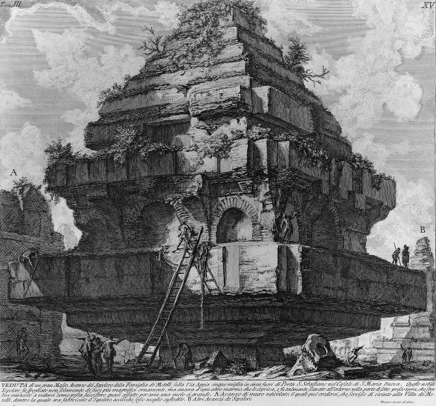
Classic architecture, copperplate engraving by Piranesi 1756
The sublime was defined by the British statesman Edmond Burke as "the strongest emotion which the mind is capable of feeling." Artists attempted to create works in painting, sculpture, and architecture that would enable the viewer to sense this feeling. The concept of the sublime emerges in 1756 with the discovery of ancient ruins documented by the artist Piranesi in his printed series of rediscovered colossal Greek and Roman buildings (see above). Sculpture will use classical legends to further the ties with the classical past where heroism, wisdom, and valor were respected virtues (see below).
https://www.metmuseum.org/toah/hd/pira/hd_pira.htm
https://artmuseum.princeton.edu/object-package/giovanni-battista-piranesi-imaginary-prisons/3640

The Death of Germanicus, Thomas Banks 1774
https://www.royalacademy.org.uk/art-artists/name/thomas-banks-ra
History Painting
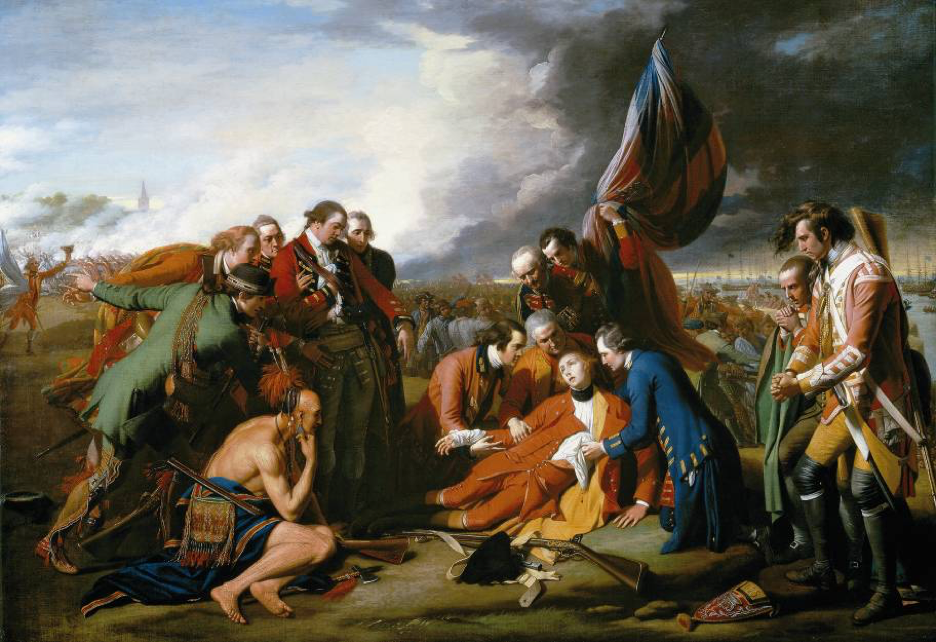
The Death of General Wolfe, Benjamin West 1770
Benjamin West, a Quaker raised outside of Philadelphia, traveled to Rome in 1760 and then to London where he found success as a Neoclassical painter. By 1792, he became president of the Royal Academy after the passing of the founding president, Joshua Reynolds. West, against the wishes of George III and Reynolds, proceeded to paint the moment during the French and Indian War when England's beloved General Wolfe was mortally wounded. Although there was indignation from West not treating the heroic moment in the tradition of a classical allegory, upon its public unveiling at the Royal Academy, it was received with much enthusiasm and support. Compare this with the criticism of Maya Lin's design for the Vietnam Veteran's Memorial in Washington where she was roundly criticized. However, after the installation was complete, the shrine to the over 58,000 fallen became the most visited memorial at the National Mall. Some of the greatest artists follow their own instincts, and taking risks can reap rewards as we see in both works by Benjamin West and Maya Lin.
https://www.nga.gov/collection/artist-info.1970.html
https://americanart.si.edu/artist/benjamin-west-5336
https://www.royalacademy.org.uk/art-artists/name/benjamin-west-pra
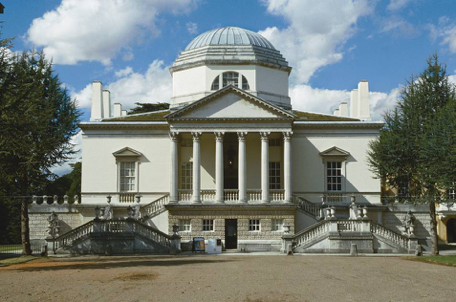
Chiswick House, near London, Lord Burlington and William Kent, begun 1725
Chiswick House is a symmetrically designed building that follows the classical architectural orders. The first level serves as a foundation, much like that at the East Facade of the Louvre. The columns and pediment are on the second level accessed by symmetrical stone staircases. The simplicity of the design is logical and clear.
https://www.english-heritage.org.uk/visit/places/chiswick-house/history/
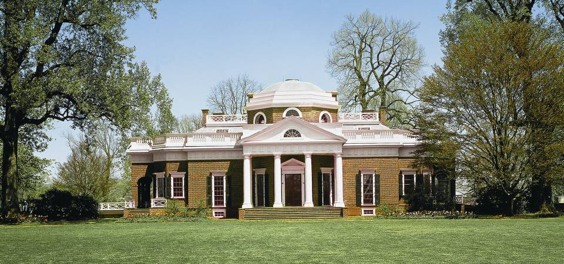
Monticello, Charlottesville, Virginia, Thomas Jefferson 1770-1809
Mimicking the design of the Chiswick House, Jefferson created a similar structure using local materials available in Virginia/ Red clay was available to the Colonists and often used to create red bricks. The combination of wood and bricks is typical of buildings of this era.
https://whc.unesco.org/en/list/442/

The Park at Stourhead, Wilshire, England, Henry Flitcroft and Henry Hoare II
Contrast the desire to create a classical and contemplative outdoor space that inspires creative thoughts and emotions seen above with the desire to control nature as seen at Versailles. Henry Flitcroft and Henry Hoare II become early pioneers in outdoor landscape design. Creating harmony with carefully designed rises and falls, as well as carefully selected trees and shrubbery, they successfully integrate classical forms with nature. The inclusion of a replica of the Pantheon and arched stone bridge reflecting the building prowess of the Roman Empire ties the design in with Nepclassical ideals.
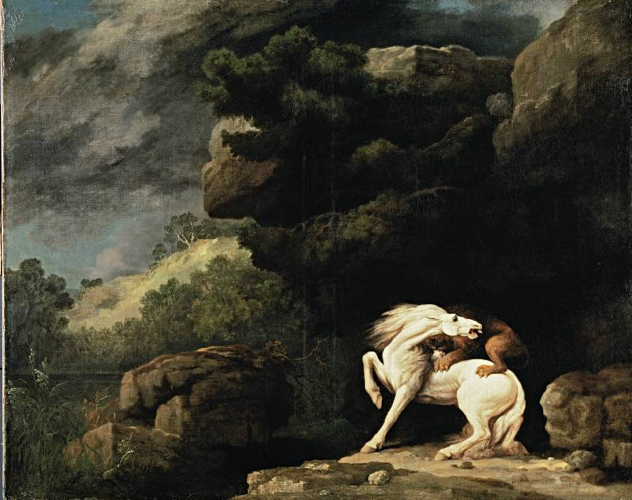
Lion Attacking a Horse, George Stubbs, 1770
https://www.nationalgallery.org.uk/artists/george-stubbs
https://www.royalacademy.org.uk/art-artists/name/george-stubbs-ara

An Experiment on a Bird in the Air-Pump, Joseph Wright 1768
https://www.nga.gov/collection/artist-info.1983.html
https://artuk.org/discover/artists/wright-of-derby-joseph-17341797
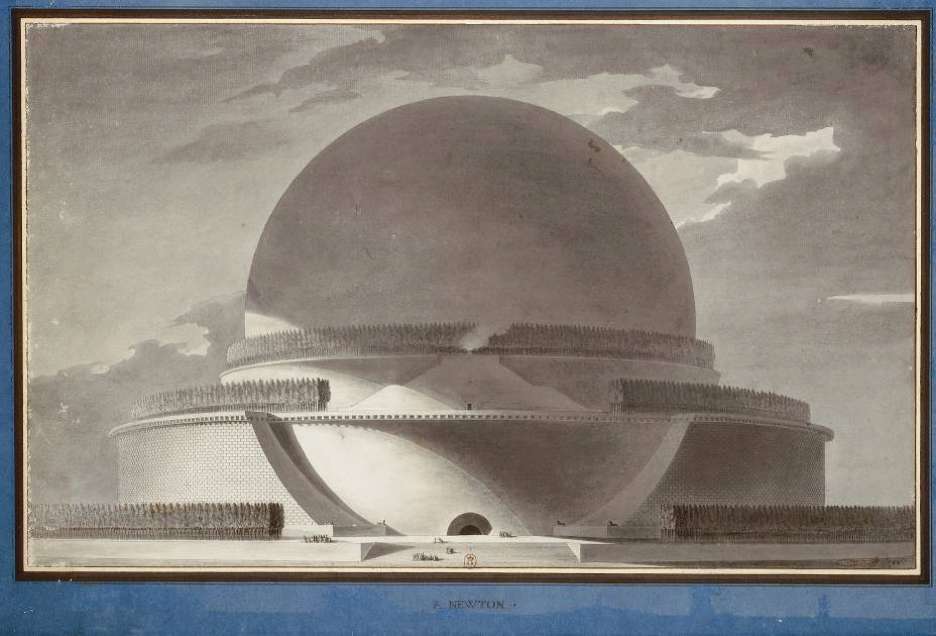
Project for a Tomb to Isaac Newton, Étienne-Louis Boullée 1784 (ink and wash drawing)
https://www.architectural-review.com/essays/reputations/etienne-louis-boullee-1728-1799
https://www.loc.gov/item/2021669836/
https://www.youtube.com/watch?v=FXVjZ8AhvTc
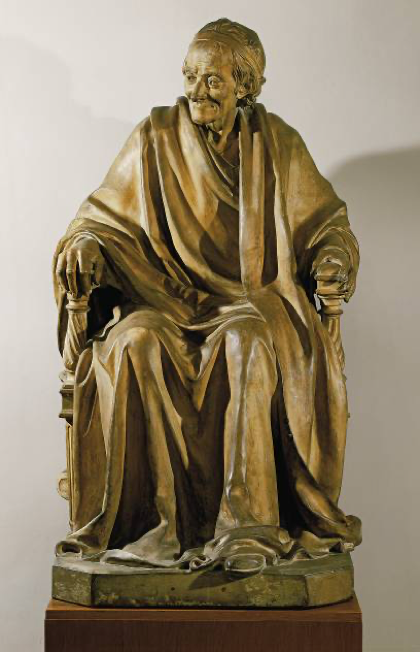
Voltaire Seated, Jean-Antoine Houdon 1781
https://www.metmuseum.org/toah/hd/jahd/hd_jahd.htm
https://www.nga.gov/collection/artist-info.2134.html

George Washington, Jean-Antoine Houdon 1788-1792
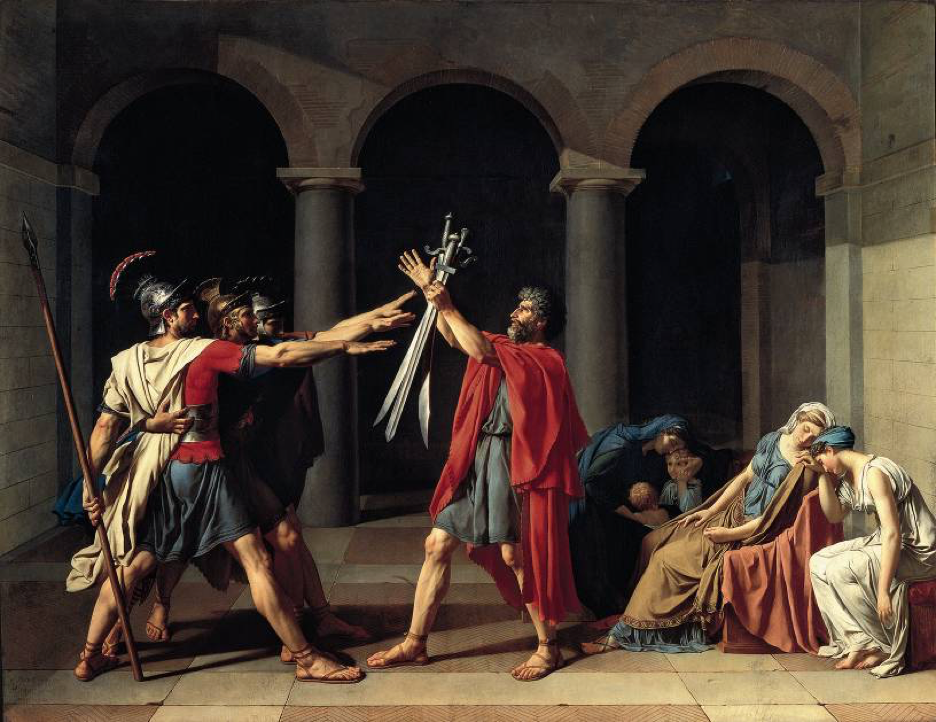
The Oath of Horatii, Jacques-Louis David 1784
https://www.metmuseum.org/toah/hd/jldv/hd_jldv.htm
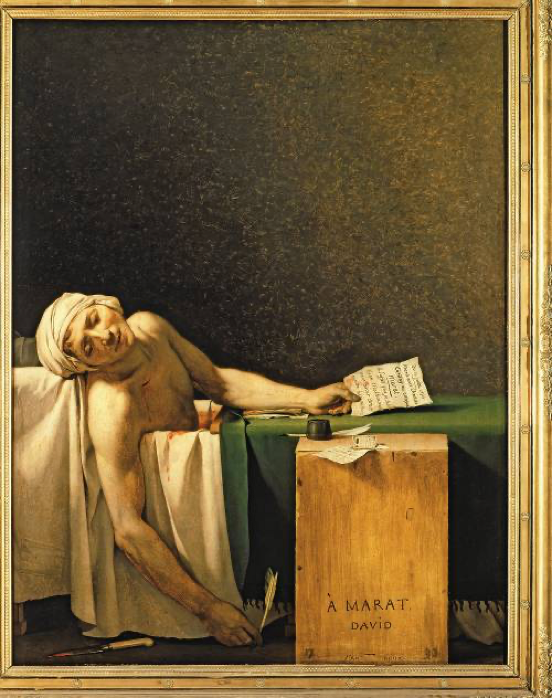
The Death of Marat, Jacques-Louis David 1793


